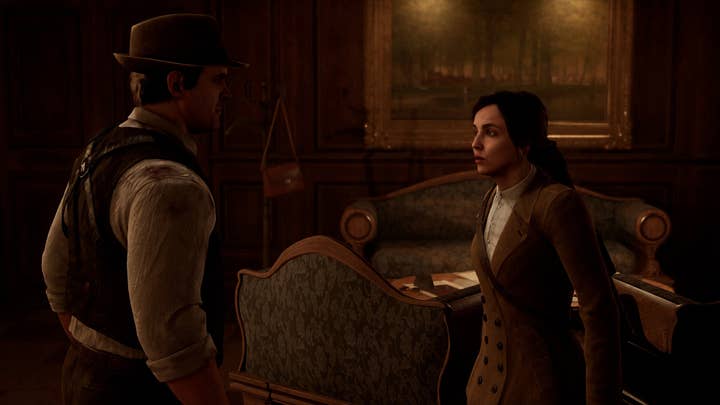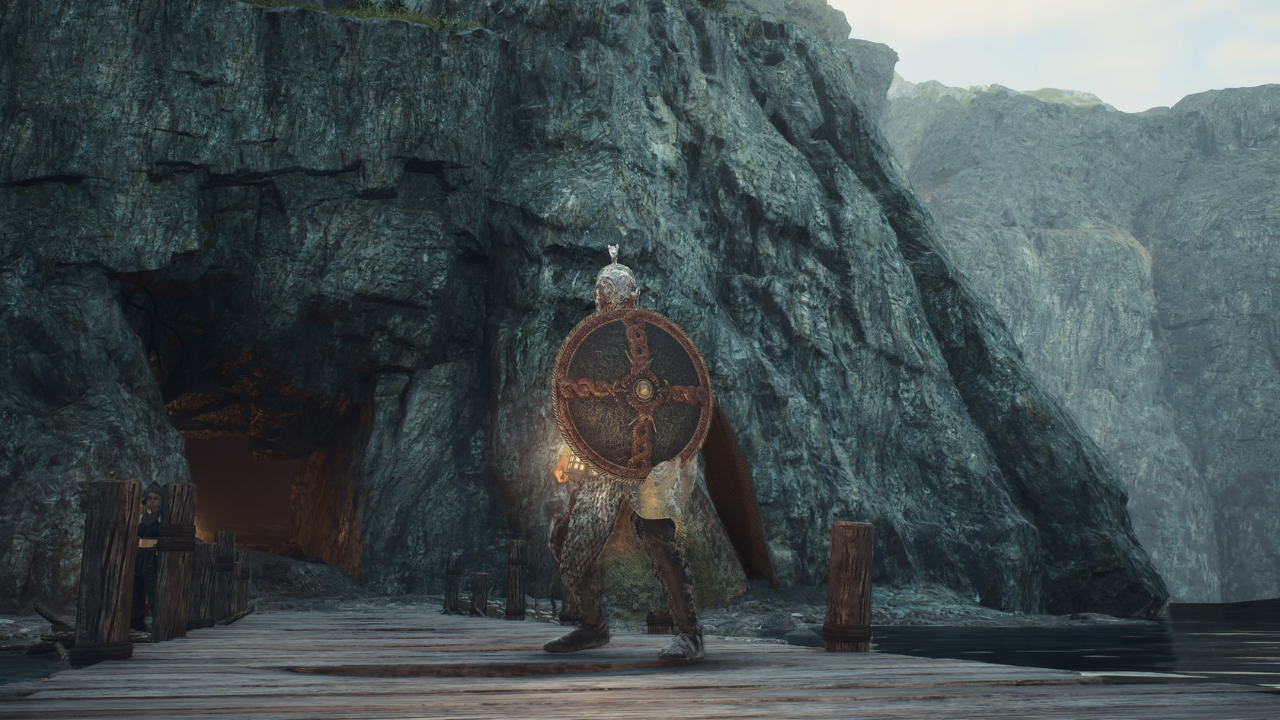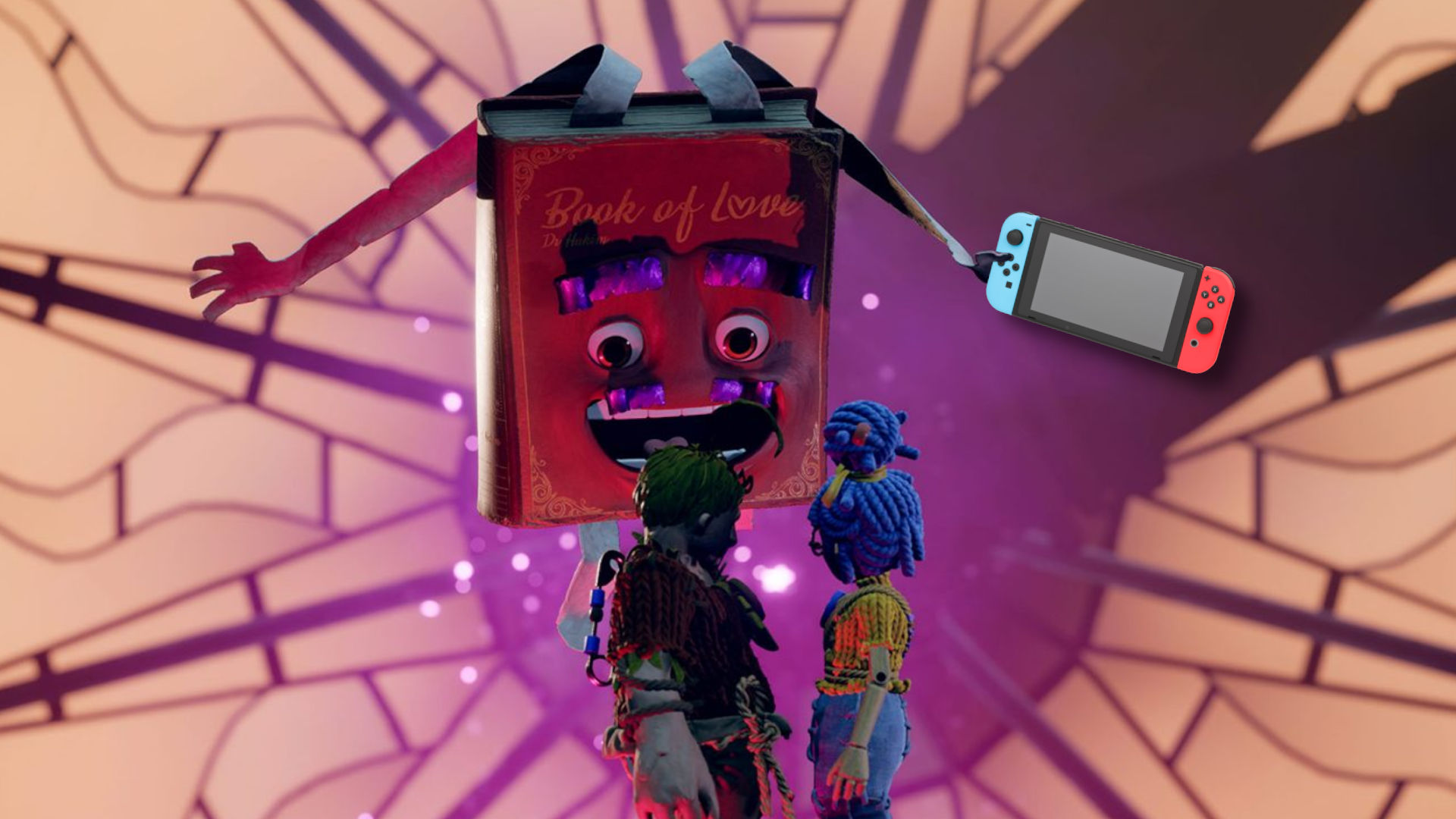Embracer Group’s latest financials showed the stark contract between two of the firm’s biggest releases from its past fiscal year.
On the one hand, Deep Silver’s Dead Island 2 was the biggest seller, with three million sales and seven million players since its launch in April 2023. On the other, THQ Nordic’s Alone in the Dark “performed below management expectations” after it debuted in March.
“It’s a tricky market if you don’t really have something standing out, catching the eye of the consumer,” Embracer CEO Lars Wingefors tells GamesIndustry.biz.
The two games are not directly comparable, but there are similarities – established IP, roots in the horror genre, sizeable budgets (Alone in the Dark stars Jodie Comer and David Harbour, which are unlikely to have been cheap to cast), and released in the quieter first half of the year rather than vying for attention in the pre-Christmas rush. While Wingefors emphasises that there are still differences between them, he says the reality of the market applies to both equally.
“Whatever you produce, if it isn’t the absolute best game in that genre or really hitting something unique to the players, it’s very, very challenging,” he continues. “Consumers have a lot of other things to spend their time and money on.
“I believe Alone in the Dark was a quality product, and [the developers] went all in to deliver on that. It’s very unfortunate to see that it didn’t catch enough consumers out there willing to engage again in that IP and product. It’s just a brutal truth. It was a big investment and, ultimately, we need to get those right.”
“I’m not saying you can’t increase the price… If you create an enormous RPG, for example, with 100 or 150 hours of gameplay, very polished and unique, would the consumer be willing to pay more?”
Consumer choice is certainly a major factor – a recent Newzoo report revealed that over 60% of playtime in 2023 was spent on games six years old or older. Factor in annual releases and other factors, and the vast majority of new games are vying for just 8% of people’s playtime. For context, Baldur’s Gate 3 got 0.6% of the total playtime in 2023, while Starfield got 0.3% — that’s the challenge developers face.
“Which means if you are doing Alone in the Dark, you really need to nail it because the window is very small,” says Wingefors. “It’s very tough… At the end of the day, games are a commercial industry and we need to earn money to have a future, to be able to invest, and ultimately we need to find that consumer.”
The outlook is less bleak for Dead Island 2, of course. With three million sales under its belt, Wingefors says the zombie shooter is the fastest-selling AAA game in the Embracer Group’s history. The seven million players can be partly attributed to the title’s recent inclusion in Xbox Game Pass, which the CEO said “contributed both financially and in reaching a wider audience.”
Some companies within Embracer have seen greater successes – the Coffee Stain-published indie hit Valheim comes to mind, with six million sales in the first six weeks of Early Access – but Wingefors remains encouraged that Dead Island 2 is a good indicator that Embracer can achieve its AAA ambitions.
“We’ve had many games selling much more units, but then I think it’s a different time window,” he says. “Metro Exodus was one of the first AAA titles we released, and that has generated more revenues and has sold more units than Dead Island, but not necessarily the first nine months, right?
“Looking at big AAA releases the first year, I think Dead Island actually leads that chart within the group, but there are a number of titles competing with that. And I’m confident that we now have many more of those titles in the works that are able to beat that in the future. We are still investing into content for Dead Island 2 [so] we will see more revenues coming through.”
With Dead Island 2 declared a success, Alone in the Dark struggling, and THQ Nordic’s South Park: Snow Day selling “in line with expectations,” it’s a reminder that any given company needs a variety of bets to survive in today’s increasingly challenging market – especially with costs rising, which for Wingefors is the biggest hurdle firms like Embracer face.
“I think the industry is facing the same problem as all other industries, with inflation and rising costs of game development,” he explains. “And it’s been hard to increase pricing [in] premium PC/console. The pricing of those products has been the same for many years, which means that the margin to succeed is less, and on top of that, there is a higher cost of capital. Ultimately when you make big investments or games, you need to play with teams you are very confident in, or with IPs you own or control, and have the full financial income.
“There is more optimisation coming through in the course of the year, but I think we saw the peak of [layoffs] this year”
“On top of that, the consumers have more content than ever to choose from. They love to engage in established IPs they’ve been playing before, which means it’s harder to have them trying out new things or new IPs. It’s just something we’re all facing. It’s a reality which we have been adapting to over the past year, and we will continue to adapt to that reality.”
His mention of pricing brings to mind the $70 debate, with publishers facing backlash towards the start of the current console generation for bringing the standard price up from $60, where it had stayed for well over a decade. Does this mean it’s impossible to raise the price tag any further?
“I’m not saying you can’t increase the price,” Wingefors says. “But the reality is no one has tried it. If you create an enormous RPG, for example, with 100 or 150 hours of gameplay, very polished and a unique experience, would the consumer be willing to pay more? If they would, they would have more products potentially coming to market. But no one tried it.
“It’s something we have been discussing, but we are currently sticking to the practice of the industry. Would it be that one [company] one day that tries to increase pricing? That remains to be seen.”

Instead of price hikes, the answer to rising development costs seems to be lowering the amount studios finding ways to make games for lower budgets — something GamesIndustry.biz will be exploring in our GI Sprint editorial special in a few weeks. Developers may also explore releasing games cheaper to grow a larger audience (Helldivers 2’s $40 price tag has no doubt been a factor in that game’s meteoric rise), or perhaps focus on smaller games that aren’t 150 hours long.
“[Lowering costs] is a regular topic with my management,” Wingefors says. “It’s very interesting… but it’s a bit sensitive to give colour around it.
“I just believe there are consumers willing to engage in those amazing RPGs and other single player games, and ultimately they are willing to spend money on them. Do you increase pricing, or do you make them shorter? I think there are ways. I think it would be very sad if everything just became big multiplayer, in-game monetisation titles. There are millions of consumers willing to engage more in classic games.”
“Whatever you produce, if it isn’t the absolute best game in that genre or really hitting something unique to the players, it’s very, very challenging”
We last spoke to Wingefors about the company’s year-long restructuring, which resulted in multiple studio closures, sales, and over 1,400 layoffs. Embracer is far from the only firm to make such cutbacks, but the CEO remains confident that the industry has seen the worst of the layoffs by this point and, like Embracer, is on the road to recovery.
“It’s hard to talk for others, but I believe personally we have seen the peak,” he says. “There is more optimisation coming through from the industry in the course of the year, but I think we saw the peak of that restructuring at the end of last year, or early this year.”
There has been conversations recently about the boom and bust cycle the games industry seems to be trapped in, with layoffs and consolidation following every spike in investment and consumer spending. While some call for a solution to break this cycle, Wingefors believes it’s a reality of an industry as large as video games.
“The industry has been this way for decades,” he says. “I think it’s the nature of it, because it’s a global, growing, high margin industry, and it just attracts a lot of capital when it does well. It also attracts a lot of the world’s largest corporations, and if the whole capital market and [those large] corporations are engaging at the same time, it becomes a crowded space. So the question is, would that happen again?
“I believe in gaming and the industry, and I think it is here to stay and grow, but will we see the capital market returning and the corporate [investing] their capital again? We haven’t seen it yet, but I’m sure there are more [boom and bust] waves coming in in the future.”


